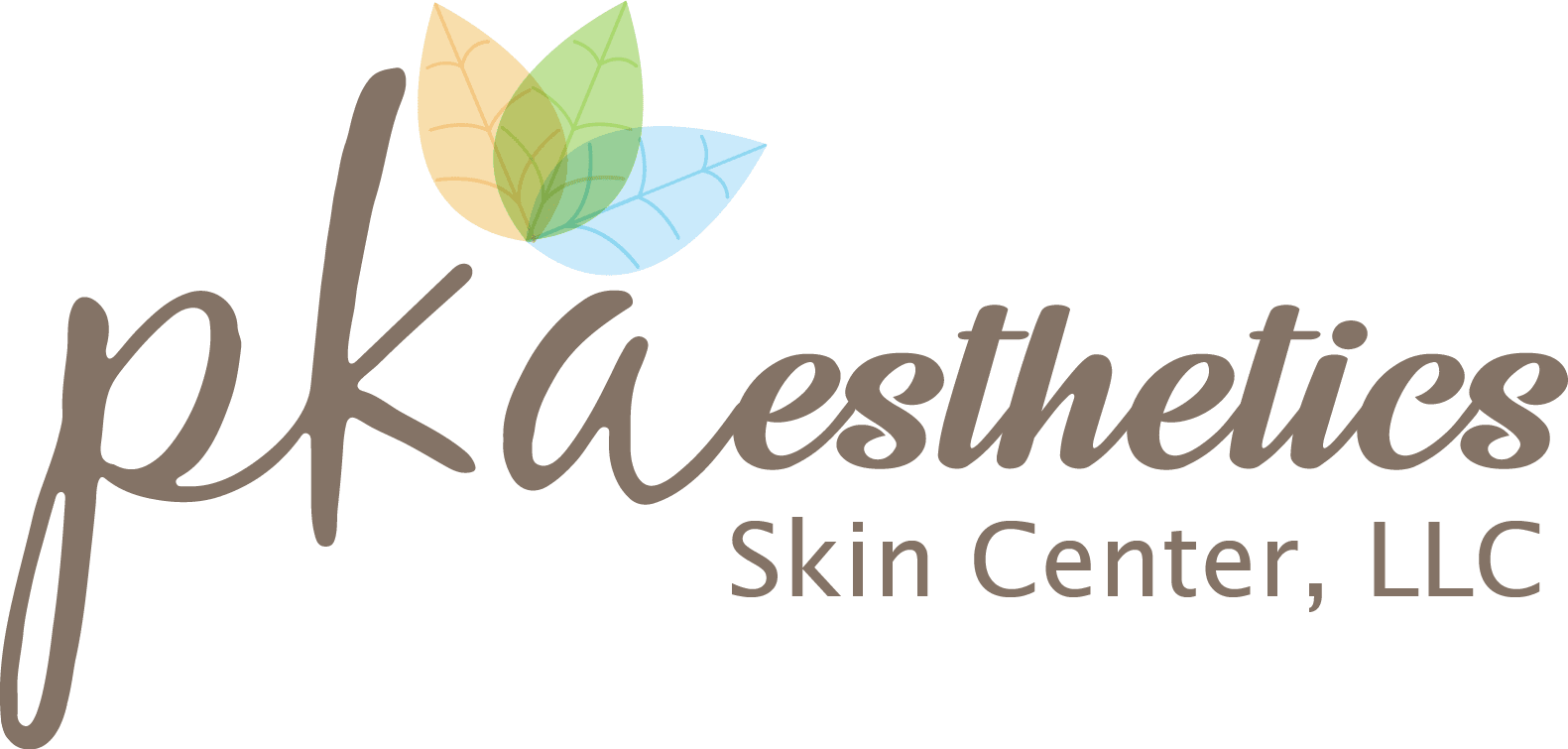Chemical Peels
A chemical peel is essential for age prevention, an effective treatment for sun damage, and great for acne treatment. A peel will step up the natural exfoliation process encouraging the skin to increase new cellular growth. You will quickly begin to notice the regeneration of your skin, and feel the excitement of a younger, much clearer complexion.
Whether you receive a chemical peel to diminish signs of aging or treat a skin condition, you can see:
- Fewer lines and wrinkles.
- More even skin color.
- Brighter complexion.
- Smoother skin.
Glycolic Peel
This peel is for most skin types. It does not dry out the skin and helps with unclogging pores as well as exfoliation. A glycolic acid peel is like a super-charged version of the “brightening” peels that you can buy at your local beauty store. It uses glycolic acid, an alpha-hydroxy acid and one of the most effective exfoliating chemicals, to weaken the bonds between cells on the top layer of your skin—effectively removing that top layer. Sloughing off the dead skin cells can help your skin can look brighter and tighter. Other perks include stimulating collagen production (to fight signs of aging) and evening out skin tone if you’re dealing with hyper-pigmentation. In the case of acne, removing dead skin cells can also rid your skin of pore-clogging gunk.
Lactic Acid Peel
Lactic acid peels are a type of chemical peel that is made from AHA (alpha hydroxy acids). They are very mild as they are derived from milk, with a very small chance of an allergic reaction happening. If one has sensitive skin or has never done a chemical peel before, a lactic acid peel is a wonderful choice. They are available in a dermatologist’s office or can also be done at home with any of the wide variety of lactic acid peels that are on the market today. Lactic acid peels are wonderful for mature skin, as well as dry or oily skin. A lactic acid peel usually range from 40% to 70% in concentration. More than one peel is usually needed for the desired effect. There is not a lot of downtime needed when a lactic acid peel is done. Redness, skin flaking and some dryness can be seen on the skin, but the skin is usually resolved within 72 to 96 hours after the peel is done.
Salicylic/Beta Peel
A salicylic acid peel is a superficial peeling agent. This means that the first layer of the skin will be treated. Salicylic acid is a Beta Hydroxy Acid that is effective in treating oily skin, clogged pores and seborrheic dermatitis. Salicylic acid peels work well for those that have sun damaged skin, dull and lifeless skin, sensitive skin, dry or dehydrated skin, and uneven skin tones. Salicylic acid peels work for those with acne, ingrown hairs, wrinkles and fine lines, and psoriasis. The use of salicylic acid peels can improve the look and the texture of the skin. Salicylic acid peels can be done on the face, neck, back, shoulders, hands, knees and elbows. Men and woman alike benefit from having this type of peel done. Do take note that while salicylic acid peels are great for any types of skin, those with aspirin allergies should avoid getting this kind of peel done.
TCA
TCA is the abbreviation for trichloroacetic acid, a chemical commonly used in a wide range of chemical peels. TCA peels use a type of acid that can be customized to a variety of applications and strengths, from a quick lunch-break treatment to a complete restart for your skin.
VI Peel
The VI Peel contains a synergistic blend of powerful ingredients suitable for all skin types. This peel provides dramatic results with virtually no pain, no skin preparation and little downtime. Why wait weeks or months for results? Enjoy radiant, younger looking skin in about a week with the VI Peel.
The VI Peel will improve the tone, texture and clarity of the skin; reduce or eliminate age spots, freckles, and hyper-pigmentation, including melasma; soften lines and wrinkles; clear acne skin conditions; reduce or eliminate acne scars; and stimulate the production of collagen, for firmer, more youthful skin. It also works well in conjunction with lasers, injectables and post procedure.
